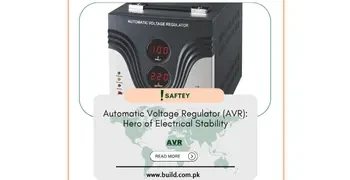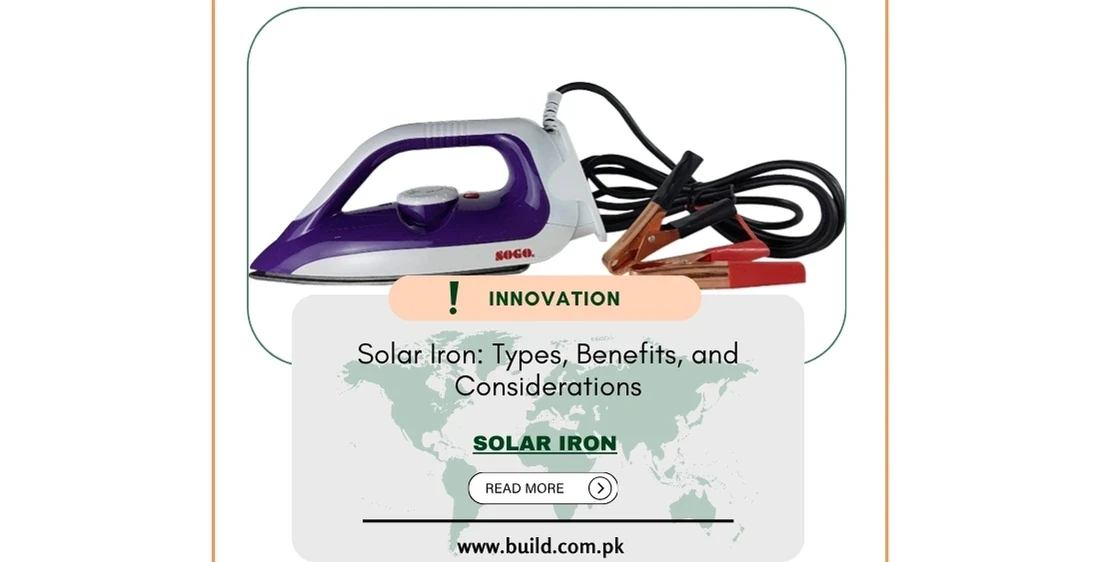Automatic Voltage Regulator (AVR): Hero of Electrical Stability

Introduction:
In
regions where electrical infrastructure is under strain—due to aging grids,
power outages, or heavy demand—voltage fluctuations are a common and persistent
problem. These fluctuations can cause anything from dimming lights and
malfunctioning appliances to complete system failures and costly damage to
electronics. For homeowners, businesses, and industries, the solution lies in a
device that often works silently in the backround but plays a vital role: the
Automatic Voltage Regulator (AVR).
This
in-depth blog explores the world of AVRs—what they are, how they work, the
types available, their importance, applications, and how to choose the right
one for your needs.
What Is an Automatic Voltage Regulator (AVR)?
An
Automatic Voltage Regulator is an electronic device or system that
automatically maintains a stable voltage level to protect electrical equipment
and ensure optimal performance. It detects fluctuations in incoming voltage and
compensates for them in real time, delivering consistent voltage to connected
devices.
AVRs
are commonly used with generators, sensitive electronics, industrial machines,
air conditioners, refrigerators, computers, and even entire homes—especially in
areas where power supply is unstable.
![]()
Why Voltage Regulation Matters
Voltage
in any electrical system should ideally remain constant. For instance, in
Pakistan, the standard voltage is 220V at 50Hz. However, in reality, voltage
can drop to 140V or surge up to 280V, especially during peak usage or load
shedding.
Unregulated
voltage can lead to:
- Overheating of motors
- Reduced lifespan of electronics
- Frequent tripping of circuit breakers
- Data corruption in computers
- Permanent damage to appliances like refrigerators, TVs, and air conditioners
This
is where an AVR steps in—acting as a protective shield between the inconsistent
power supply and your sensitive equipment.
How Does an AVR Work?
An
AVR continuously monitors the incoming voltage from the main power supply or
generator. When it detects a deviation from the safe voltage range (too low or
too high), it adjusts the voltage through automatic regulation
mechanisms—usually by:
- Tapping the transformer t add or subtract winding turns
- Using solid-state electronic switches
- Employing servo motors to control transformer ratios
- Once
adjusted, the AVR outputs stable voltage to the connected devices. The
regulation process happens in real time, often within milliseconds, ensuring
there's no noticeable delay or drop in performance.
Key Components of an AVR
- Voltage Sensing Circuit: Monitors input voltage continuously.
- Control Circuit: Triggers correction mechanisms based on input deviation.
- Transformer: Steps voltage up or down as needed.
- Relay or Switching System: Engages proper winding taps or bypasses.
- Protection
Circuity: Prevents surges, overloads, and hort circuits.
Modern AVRs may also include digital displays, overload alarms, and smart diagnostics for added safety and control.
Types of Automatic Voltage Regulators
There
are several types of AVRs available, depending on usage and design:
1. Servo Motor-Based AVR
- Uses a servo motor to control voltage.
- Provides precise output regulation.
- Ideal for sensitive electronic equipment.
- Slower
rsponse but more accurate.
2. Relay-Based AVR
- Uses electromechanical relays to switch transformer taps.
- Faster but less precise than servo AVRs.
- More
affordable, commonly used in households.
3. Static AVR
- Uses solid-state electronic components like SCRs and triacs.
- No moving parts—fast response and high reliability.
- Often
used in industrial applications and hospitals.
4. Digital AVR
- Incorporates microcontrollers for intelligent regulation.
- Offers display panels, remote monitoring, and programmable settings.
- Suitable
for modern smart homes and data centers.
Applications of Automatic Voltage Regulators
AVRs
are used across a wide range of sectors and applications:
Home Appliances:
- Air
conditioners, refrigerators, LED TVs, washing machines, microwave ovens, and
computers benefit immensely from AVRs.
- Prevents
burnout and helps appliances last longer.
Offices & Commercial Spaces:
- Computers, networking equipment, photocopiers, servers, and lighting systems require consistent voltage for efficient operation.
- AVR
protects against sudden drops or surges that can cause data loss or equipment
failure.
Industrial Applications:
- CNC
machines, motors, robotic arms, and production line equipment need precise
voltage.
- AVR
ensures production quality and reduces maintenance costs.
Generators:
- Many
generators come equipped with built-in AVRs to ensure stable power output
regardless of fluctuating engine speeds or loads.
Hospitals & Labs:
- Sensitive
diagnostic machines like MRI, CT scanners, and lab equipment rely heavily on
AVRs for uninterrupted and accurate performance.
How to Choose the Right AVR
When
buying an AVR, consider the following:
1.
Power Rating (kVA or Watts)
2.
Voltage Range
3.
Type of AVR
4.
Response Time
5.
Protection Features
6. Brand and Warranty
Final Thoughts:
The
Automatic Voltage Regulator (AVR) is a silent guardian for your electronics and
electrical appliances, ensuring stability and longevity in a power environment
that is anything but stable. In countries like Pakistan, where voltage
irregularities are common, an AVR is not just an accessory—it’s a critical line
of defense against power-related damage.
Whether
you're safeguarding a home computer, a hospital MRI machine, or a full
industrial setup, choosing the right AVR can mean the difference between smooth
operation and expensive repairs. In a world increasingly reliant on
electronics, it pays—literally and figuratively—to protect your investment with
a reliable AVR.








